Independent medical evaluations (IMEs) and peer reviews are frequently used behavioral health referrals used in the absence management industry. Some would say they can be used interchangeably. I, however, am not one of those people. IMEs and peer reviews are significantly different. While they may at times answer similar questions, they do so in different ways. There are pros and cons to each: cost, turnaround time, diagnosis, specialty, and location are but a few factors that must be considered when choosing between these two referrals. The bottom line is if you don’t know the key differences between an IME and a peer review, you may not get what you need. So, let’s start with the basics. What are they?
A peer review looks at the existing information via medical records and collateral data and provides an opinion on whether the data supports functional impairment, limitations, and restrictions. It typically involves analyzing multiple sources of information including treatment records from multiple providers, information from a telephone interview with the claimant, and telephone consultations with treating providers. The latter typically involves a collegial yet direct conversation about functionality, treatment, limitations and restrictions, workplace issues, return to work planning, and potential inconsistencies in the data.
An IME is a face-to-face clinical evaluation of the claimant that includes a comprehensive interview, a detailed case history, and ideally, objective testing. In behavioral health IMEs, often referred to as independent psychiatric/psychological examinations (IPEs), the objective testing is often comprised of psychological test measures which include validity scales to assess the individual’s level of effort or independent performance validity tests (PVTs). IPEs can also include provider contacts and review of medical records if requested. These comprehensive evaluations will address a history of present illness, family and social history, employment history, legal history, psychiatric and medical history, as well as functional abilities, mental status exam findings, and diagnostic impressions.
Both peer reviews and IMEs are typically conducted by a doctoral level psychologist/neuropsychologist or psychiatrist depending on the credentials and specialty of the treating provider and on the core issue of the claim. Both types of referrals can provide expert clinical opinions on impairment, limitations and restrictions, and treatment appropriateness. Both can aid in the determination of next steps in claim management. That said, there are some key differences it is important to understand.
An IME is an in-person clinical evaluation, whereas a peer review is not. While a peer review will contain an analysis of medical documentation, an IME may or may not involve a review of previous records. In an IME, clinical opinions are formulated largely from direct examination and testing results, whereas in a peer review clinical opinions are formulated by reviewing the data generated by other providers along with collateral data. Generally speaking, IMEs provide a more robust evaluation. On the other hand, an IME costs more and can take about twice as long to get scheduled and complete. But determining which path to take should be based on appropriateness rather than which is the most comprehensive or which is the least expensive.
What follows are situations in which a peer review should be considered:
- When an independent opinion is needed about the content of the medical documentation submitted to support or guide a claim decision
- When workplace issues (e.g., poor performance reviews, interpersonal conflict with co-workers or supervisors, or a change in job duties) are involved
- When a claimant interview would be helpful to obtain information about daily functioning, workplace issues, and motivation for return to work.
- When a treating provider submits contradictory or inconsistent information
- When clarification is needed on the treatment plan, work capacity, or return to work planning
- When treating providers submit the same information repeatedly with no change in condition, treatment plan, or return to work status
On the other hand, it would be more appropriate to consider an IME when:
- There is a clear difference of opinion between peer reviewers and/or treating providers
- Motivation to return to work is a significant concern
- Diagnosis and appropriate treatment needs clarification
- Treating provider is not willing to provide progress notes or other clinical data
- In the late stages of a claim, especially if there is attorney involvement







